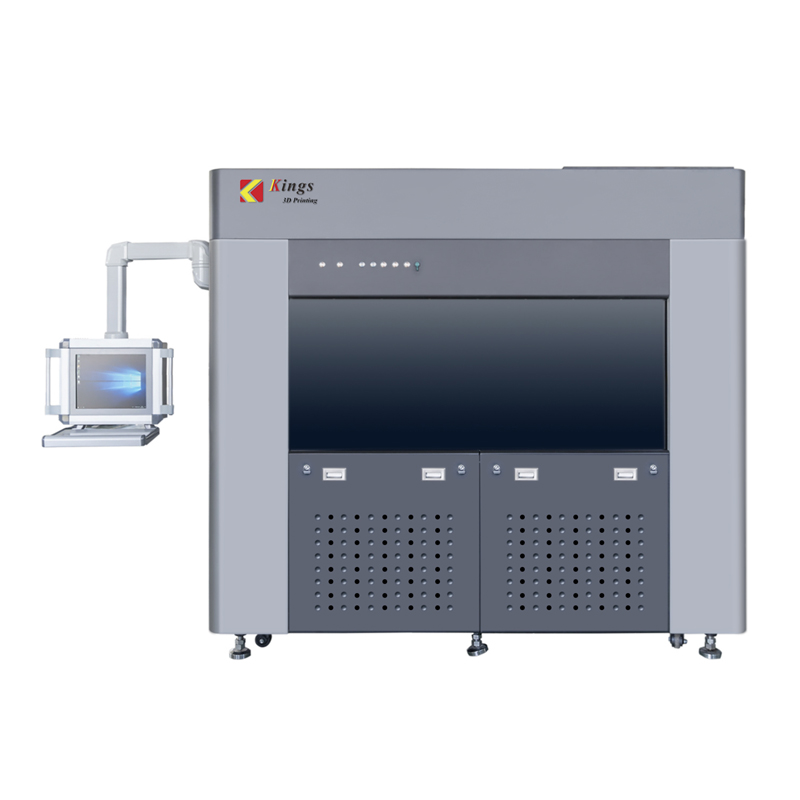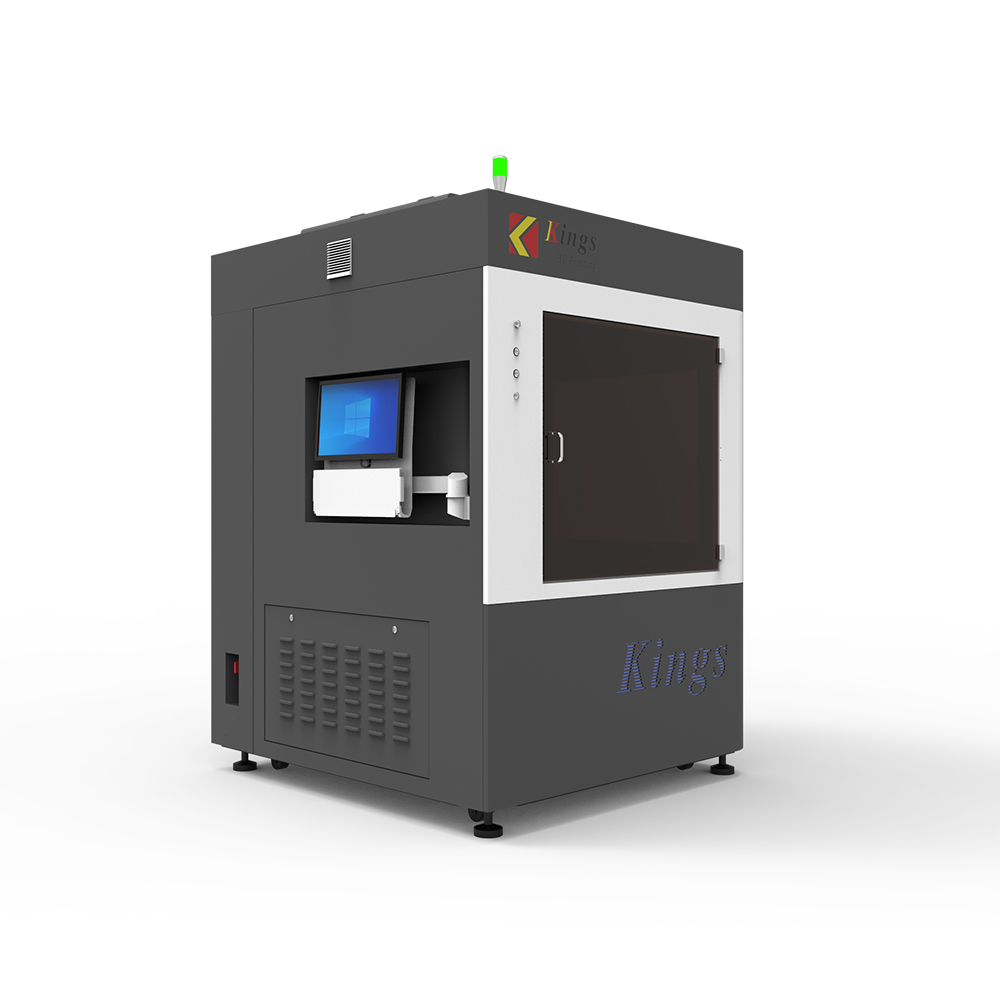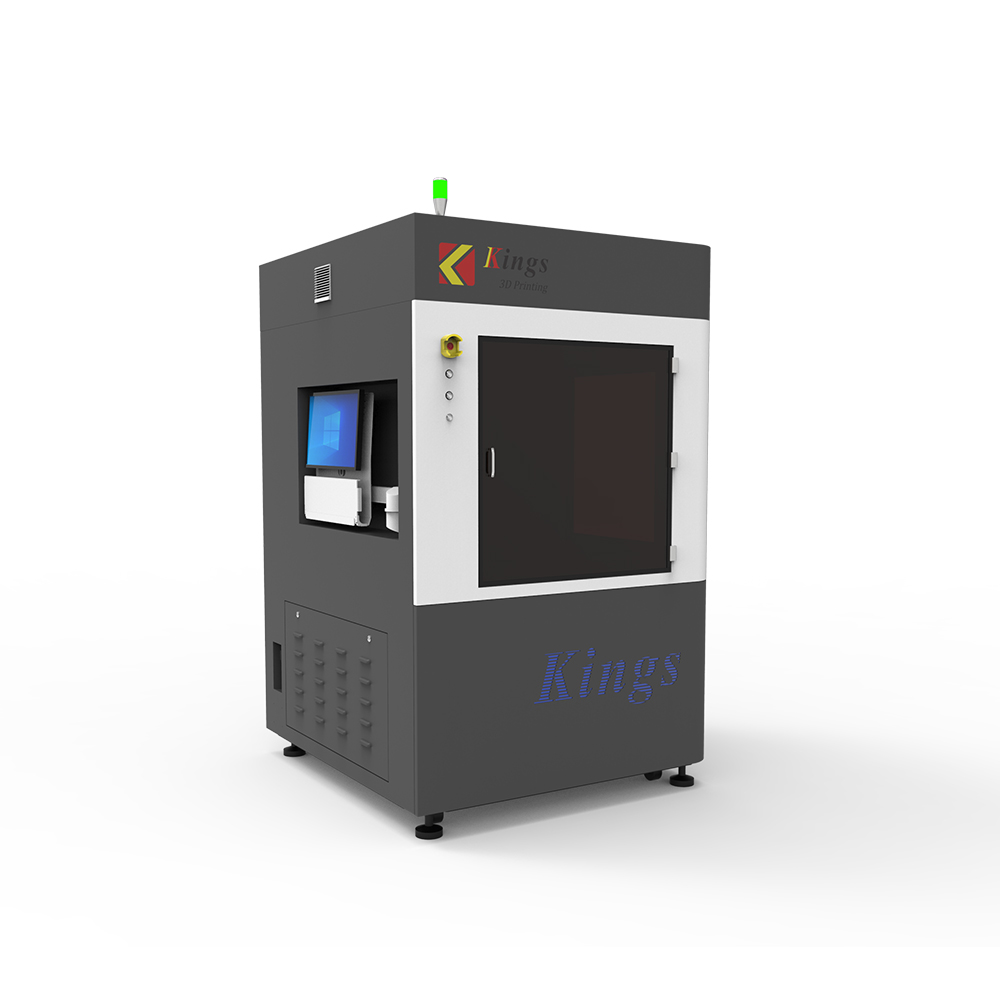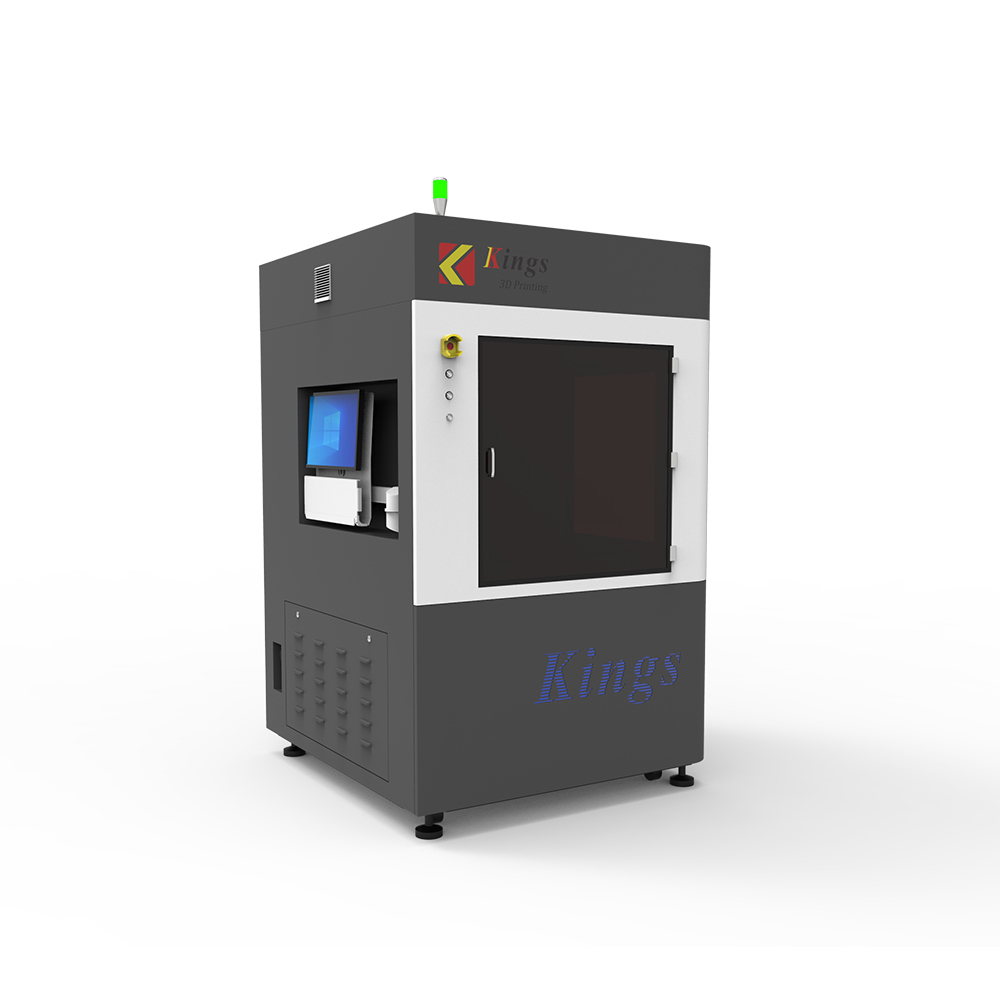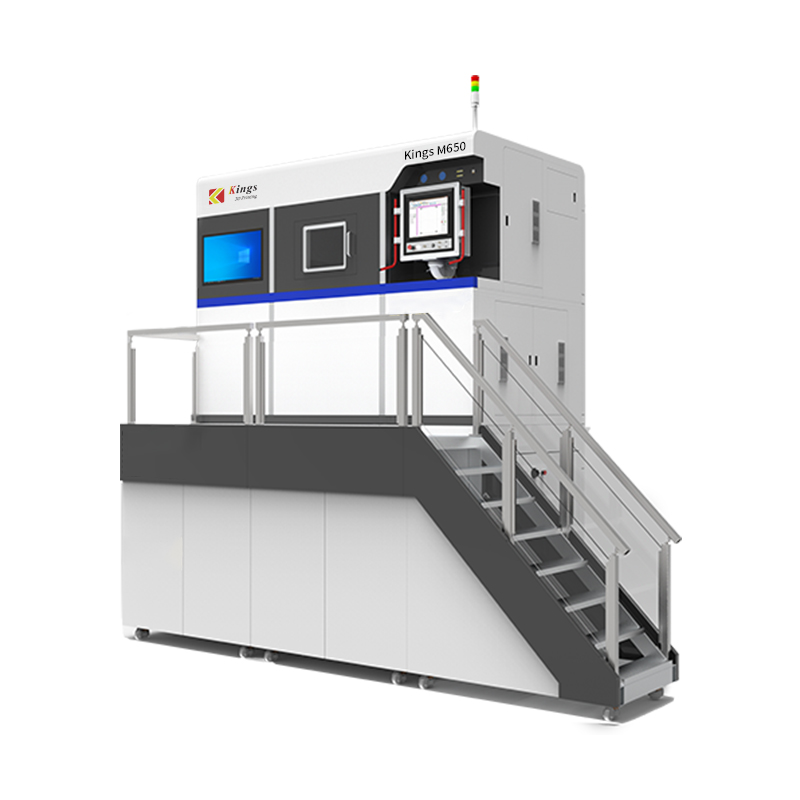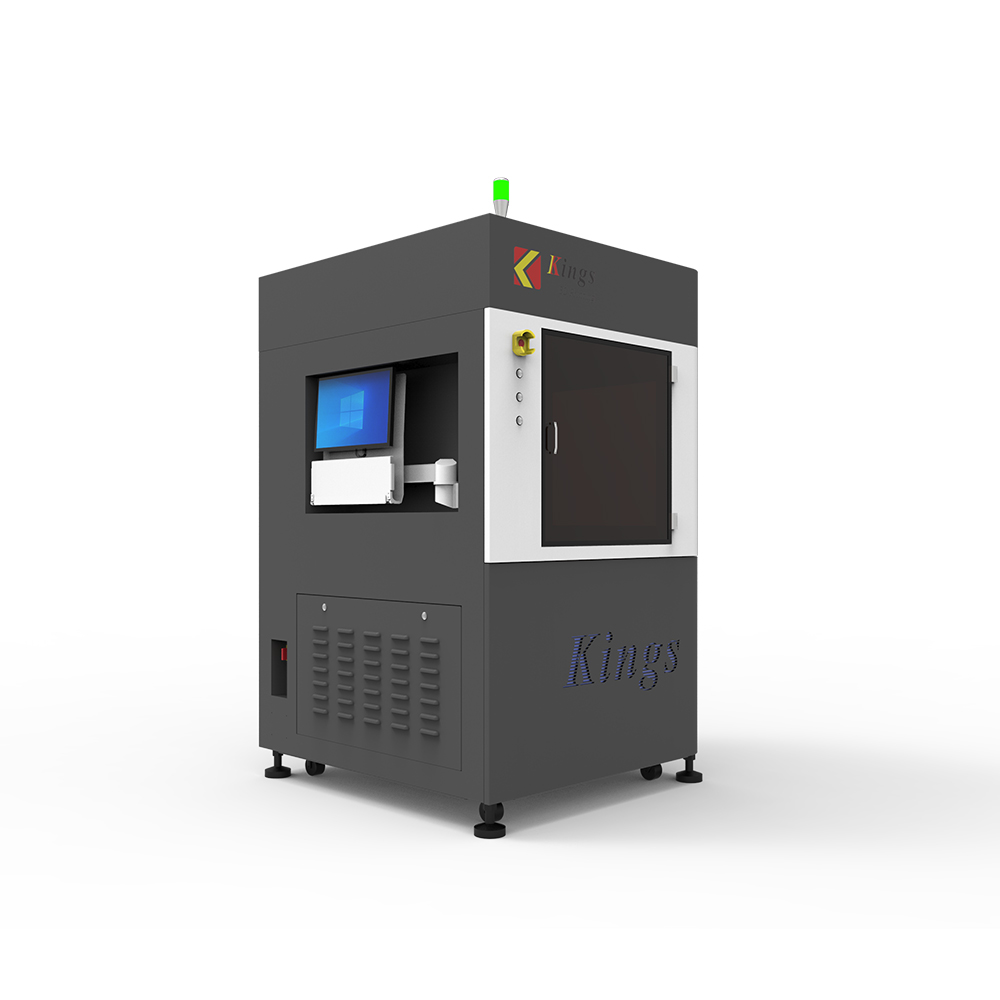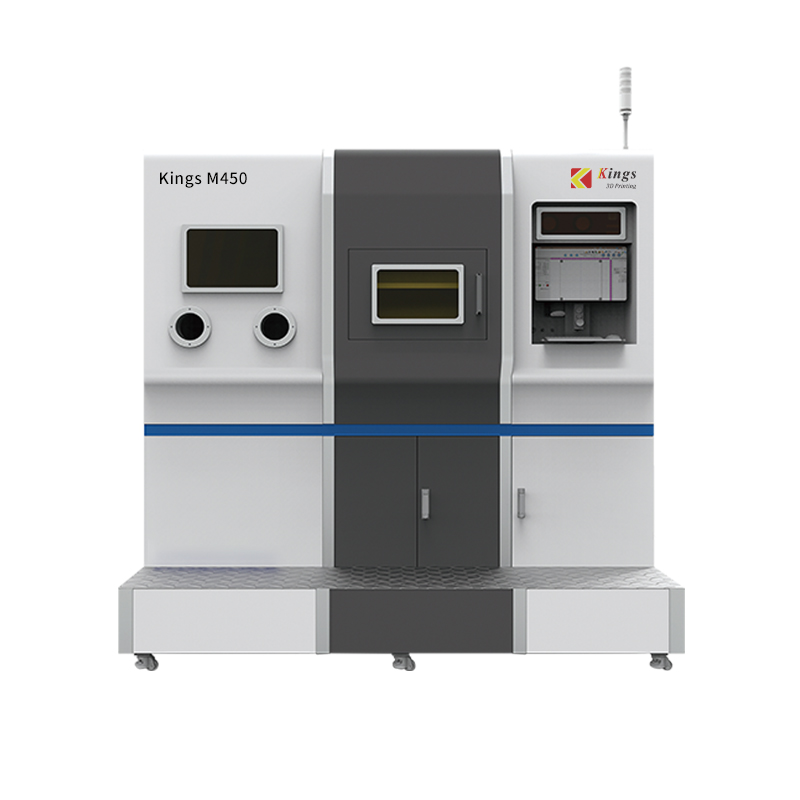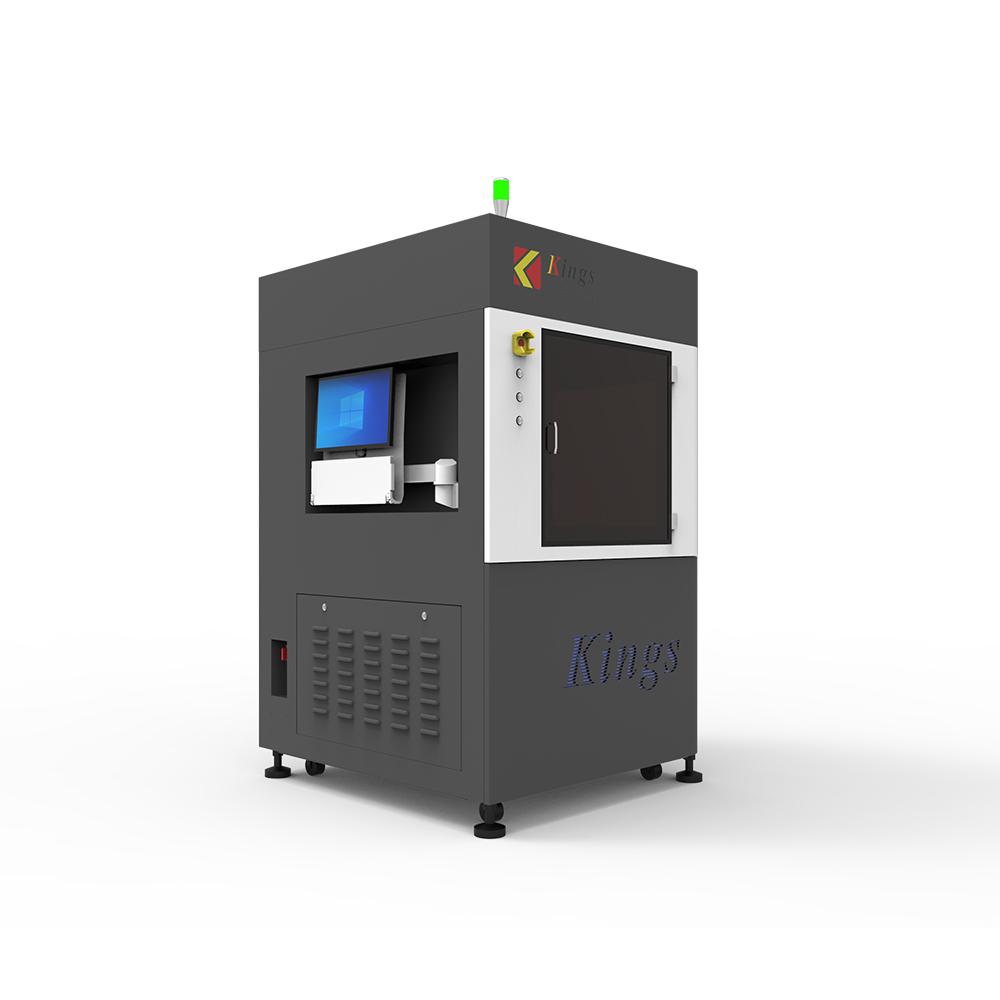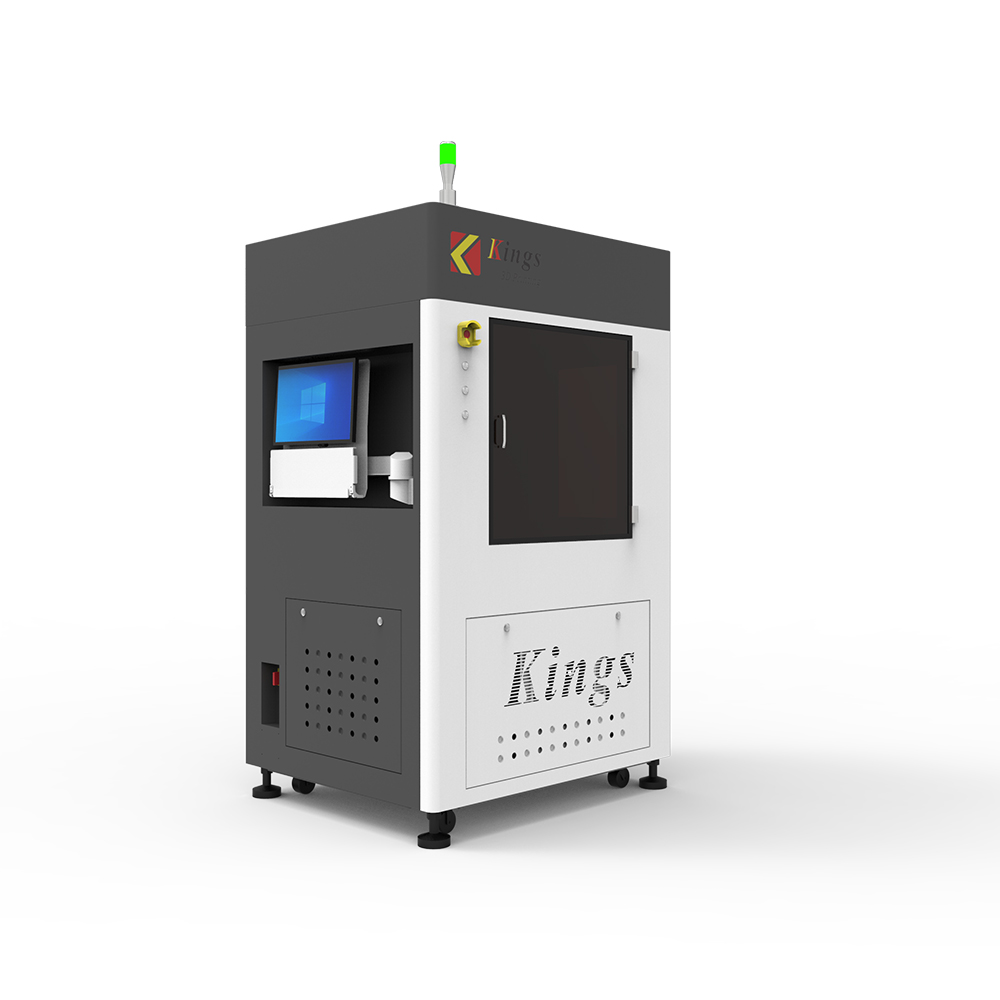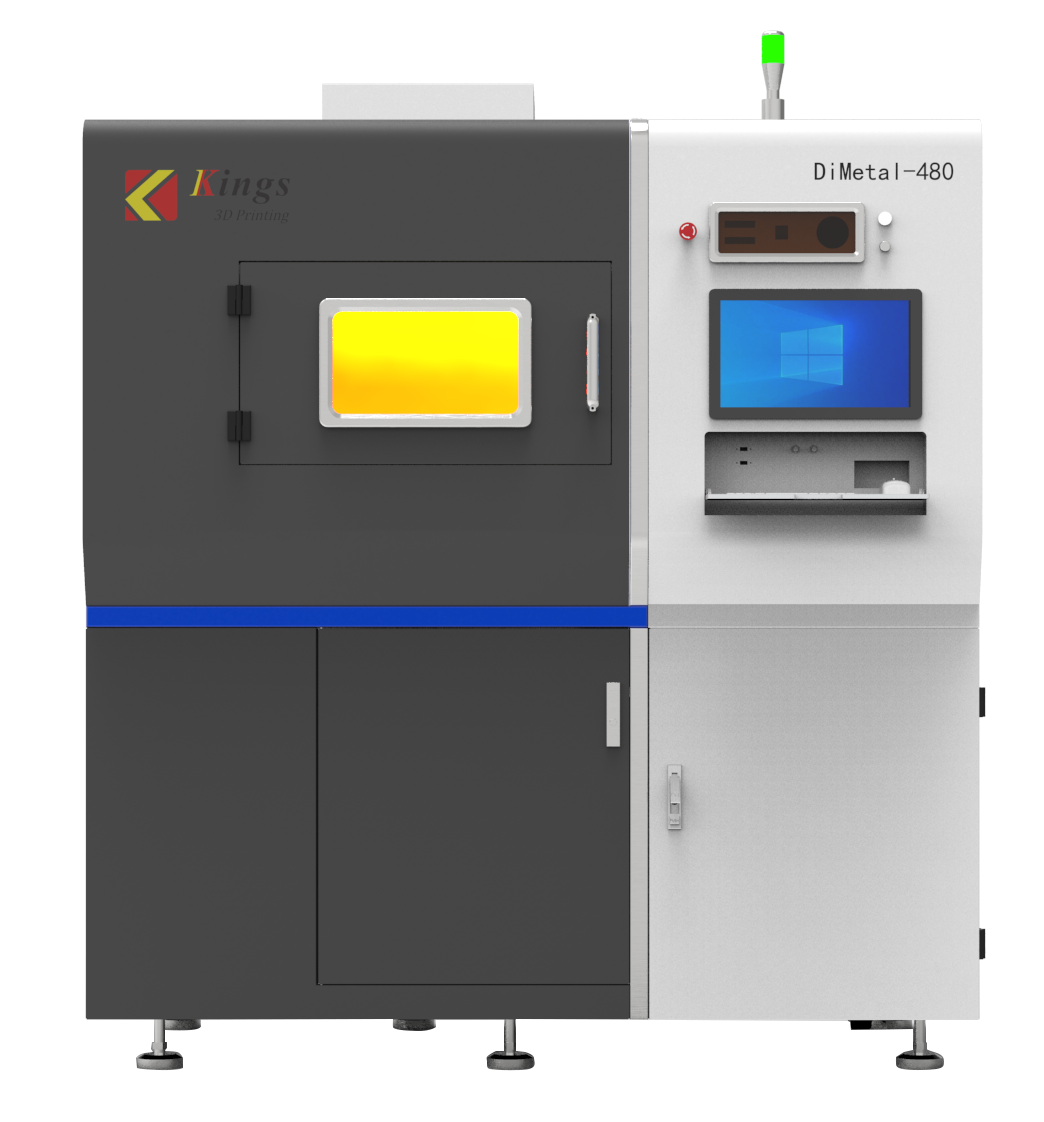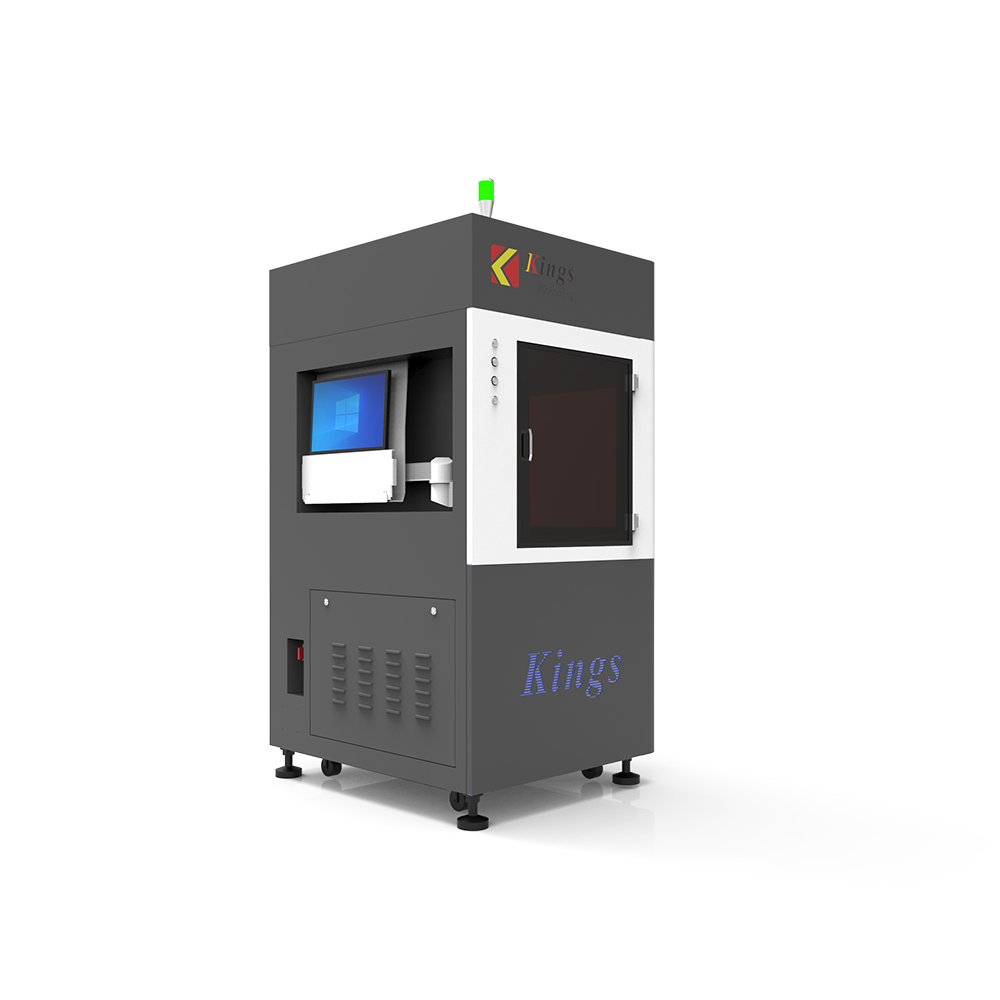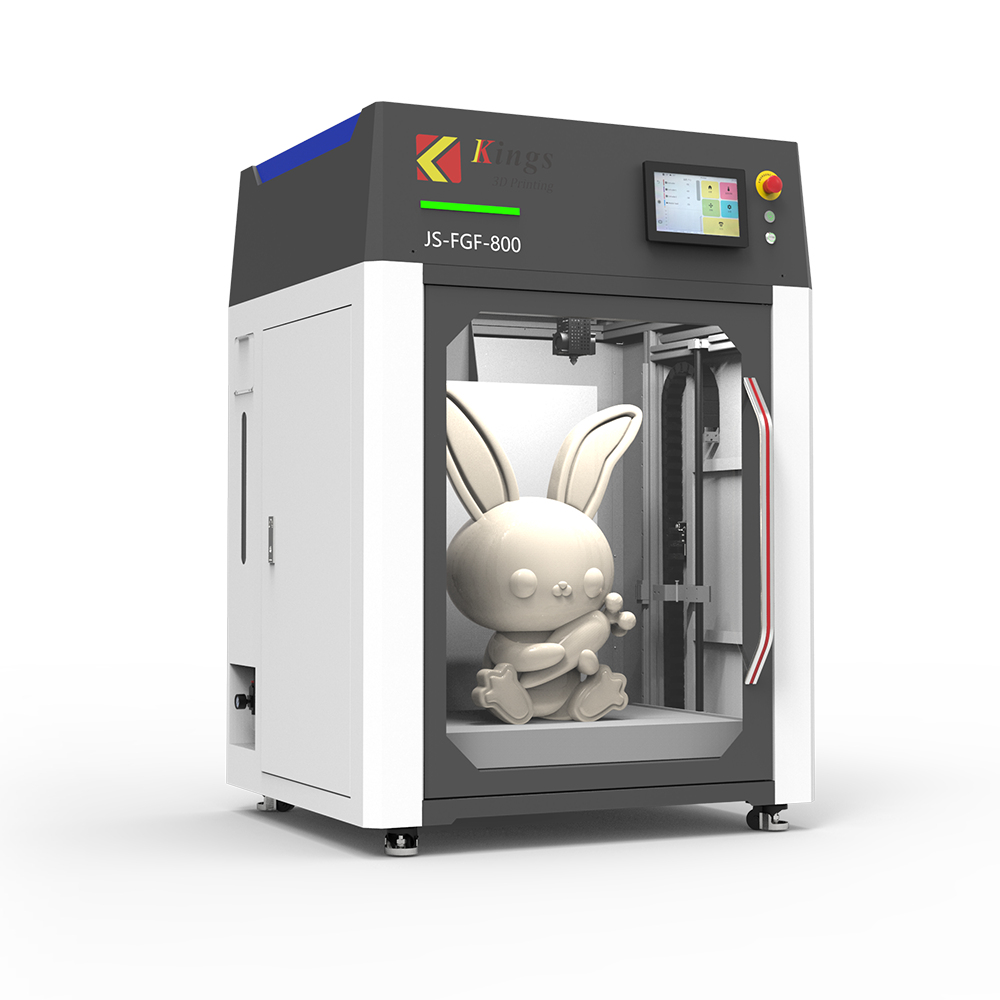3D printing is a type of additive manufacturing technology, also known as additive manufacturing, which is a technique for constructing objects by printing layer by layer using bondable materials such as powdered metals or plastics, based on digital model files.
Its advantages
Short production cycles, cost savings, rapid manufacture of any complex structure, personalisation and streamlined processes. For the automotive industry, whether from design - research and development - small batch pilot production - large batch manufacturing relative to existing processes have good application feasibility. Many foreign 3D printing companies are currently working closely with car manufacturers, mainly to 3D print parts, but have started to move towards fully 3D printed models.
European and American OEMs are heavily invested in 3D printing research and development, which shows the importance attached to it, and is also sufficient to reflect that 3D printing has an irreplaceable and significant role in enhancing R&D strength. According to experts, 3D printing is currently applied in five main areas.
1, for design.
2, the direct production of structurally complex parts.
3, the production of lightweight structural parts in automobiles.
4, customised specialised workpieces and testing apparatus.
5, the production of complete vehicle models.
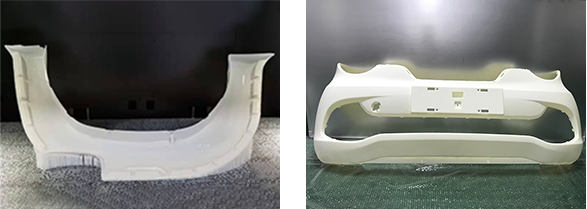
Application parts
3D printing makes it possible to produce parts without the need for machine tools, thus significantly reducing development time and production costs. Reproducible additive processes can produce lighter and better parts that can be fitted directly to the vehicle. The following are some examples of successes already achieved.
Bucket seats
Porsche has used 3D printing technology to produce a new form of bucket seat, which can also be used as a replacement for conventional seats. The backrest section of this seat is 3D printed and the customer can choose between three different hardnesses.
Brake calipers
Bugatti has also used 3D printing technology for its brake calipers. The 3D printing technology is quite impressive for an engine with 1500 hp to be built in such detail.
Wheels
McLaren has applied 3d printing to its wheels, creating 3D printed wheels made from titanium, which are incredibly strong, even if its already better than parts produced in the conventional way.
Tools
VW has found a different way to print tools instead of parts. For example, a wheel protection jig, which costs thousands of euros a set, can be manufactured using 3D printing for as little as 20 euros.
3D printed cars can be shaped quickly and with great precision, and the development cycle is quite short. 3D printing technology is already widely used in the automotive sector and in the future various components may be created by this technology. Leave us a message if you need.

